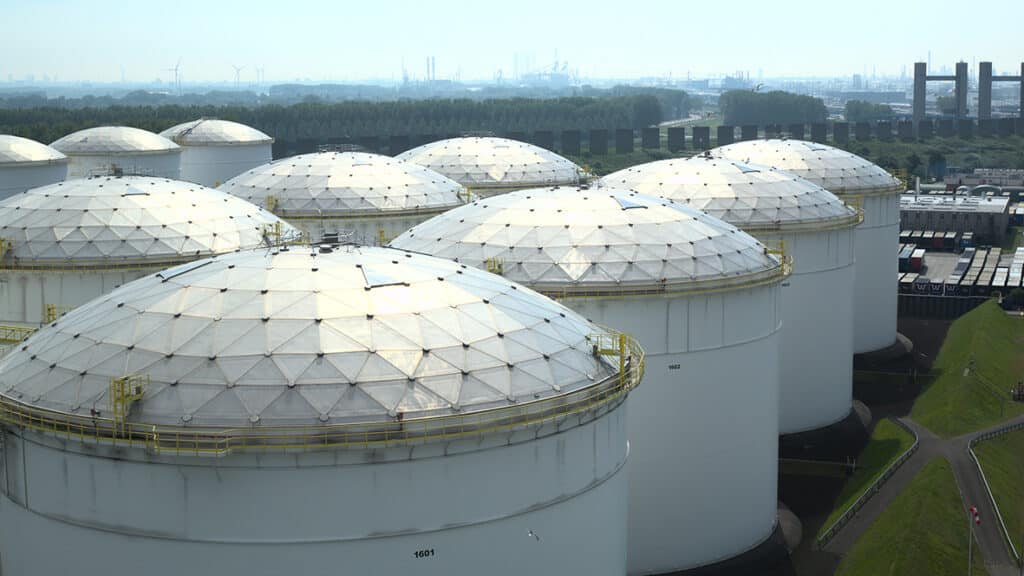The business of asset care
While capital expenses tied to inspection, repair, and maintenance are often seen as a necessary burden, they can actually be made into an opportunity. With the right tools and partners, financial leaders can turn operational upkeep into a strategic advantage so they can protect investments, improve predictability, and unlock long-term value.
But it all starts with visability.
Turn compliance into confidence
Asset-heavy industries operate under tight scrutiny and that is for a good reason. Structural failure, environmental risks, and unexpected downtime make it a high-stakes affair. That’s why maintenance strategies often revolve around compliance: doing what’s necessary to stay within the lines. While that approach is safe and foundational, it can sometimes miss the bigger picture.
Smart-finance teams know that compliance is just the floor, not the ceiling. The real opportunity lies in using asset care to drive better business outcomes. That means more than just staying operational, but also understanding how your assets are performing, where your risks are, and how today’s repair decisions shape tomorrow’s returns.
When inspections are digitized, automated, and consistent, capital planning becomes more predictable. Teams can see where investment is needed, allocate budgets more efficiently, and avoid the costly surprises that come from unplanned failures. Instead of reacting to problems, organizations can proactively extend asset life, and optimize every maintenance dollar.
That doesn’t just reduce cost. It builds trust.

Investors and insurers want evidence that asset integrity is being actively managed, not retrofitted after the fact. With a platform like Falcker’s Condition Monitor, you get auditable records, standardized reporting, and data-driven repair scopes. Not spreadsheets poorly stitched together that take time to unpick as well as put together. For finance teams, that translates into stronger narratives and fewer question marks during audits, refinancing, or ESG evaluations.
From one tank to total transformation
It’s not just about managing a single repair or a single tank. It’s about embedding smarter asset care across your entire operation. With built-in support for standards like API 653 and EEMUA 159, Condition Monitor brings consistency to inspections: across teams, terminals, and timeframes.
That level of insight helps finance leaders answer bigger questions:
- What’s the long-term ROI on asset life extension?
- How can we model depreciation more accurately?
- Where can maintenance budgets deliver the most impact?
It’s all about the financial narrative those decisions support.
Integrity isn’t just technical, it’s also financial
At Falcker, we believe asset integrity is a shared responsibility. Operations teams keep tanks running. Inspectors keep records up-to-date. But finance teams make those efforts sustainable by aligning budgets, managing risk, and investing in long-term resilience.
Our solutions are designed to support that role. Condition Monitor helps make asset care a source of insight, not just a line item. By centralizing condition data and automating recommendations, we help reduce maintenance costs, extend asset life, and future-proof your inspection strategy, all while keeping financial leaders in the loop.
Because the business case for asset care shouldn’t be a hard sell. It should be backed by data. It should reflect your commitment to safety and sustainability. And it should deliver measurable outcomes for operations, for stakeholders, and for the bottom line.
The capital expenditure behind asset care may never disappear, but it can be managed smarter. And, in a volatile market, predictable costs, transparent data, and solutions that scale with the business are exactly what forward-thinking finance teams are looking for.